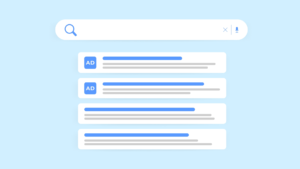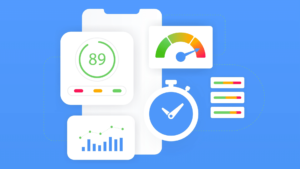You may just be hearing about image optimization for SEO for the first time as a content marketer. Maybe you must have been focused on only creating high-quality content for a long period of time. Do you know that SEO optimization is more than just keywords, meta descriptions, URL and Headings? It is also about building an image optimization strategy. Image optimization for SEO can benefit your website in numerous ways especially when done right by one of the knowledgeable Houston SEO agencies. It can help search engines understand your image even more and improve higher ranking by implementing the right strategy. Here are 10 tips to help you optimize your images for SEO to make a user-friendly website and increase conversion.
Right Image Format
Google images support images in the right format such as JPEG, JPG, SVG, GIF, WEBP, and PNV. Note that not all the images would work in the same way. When you choose the wrong image type you may be making a grave mistake. Each image format has different image size presentations. Here are some formats to guide you when choosing an image.
- Illustration: SVG
- image: JPG
- Animation: GIF
- Transparent background images: JPG
Include Image Sitemap
Search engines may not be able to crawl or understand your images so it is safe to include as many clues as possible to show better what the image is all about. Google recommends image sitemaps for publishing images. When you employ the right Pearland SEO agencies to use an Image Site map. Their core need is to follow the instructions appropriately or else their images would not be recognized by Search engines
Use Alt Text
Search engines mostly rely on Alt text to tell them what the image is all about because they can’t comprehend visuals. Your site needs to include an Alt text that contains the relevant keywords. This is beneficial for SEO optimization. Not all sites display your images, maybe due to loading time. An Alt text would appear in that place. Having an SEO-optimized Alt text would help your reader better understand what image should have been displayed can be done by Pearland SEO experts who are well-versed in the field
Don’t implement Black Hat SEO Tactics
Black hat SEO Tactics occur when you try to hide your text with images and this can be very harmful to your site. You cannot use an image in the place of your Headings because this would destroy your SEO
Image Resolution/Size
Images you upload to your site have a specific resolution. Your image size does not need to be higher than your web page size. You need to always be able to adjust or resize your images and there are many tools that can help both online and offline.
Compression
Compression does not necessarily reduce the number of image pixels. It helps to reduce the size and quality of your image. You can create identical images with one having a smaller format size than the other. A larger image format takes a longer time to Load and this is one of the features that destroy the SEO of any site. One of the ranking factors of search engines is page loading time. If images are not compressed, it would definitely cause a delay in loading and may begin to frustrate your user and cause them to leave.
Include Title Tag
Title tags and Alt text are somewhat confusing and many marketers use one for the other. In the case of Alt text which takes the place of images seen, Title tags usually show up but don’t take the place of images. They tend to pop up once in a while. The Title tags do not necessarily need a keyword and you can decide to be creative while writing it. More like writing a caption.
Implement Lazy Loading
Sometimes your images load slowly depending on the browser and that is not a good ranking feature. By implementing lazy Loading, your image begins to load as soon as your user lands on your page. There would also be a pop-up message that tells them to wait as the image is Loading.
Use Geofencing For Images
Geofencing improves local patronage from businesses and individuals. Adding a geographical location it would give search engines more clues and information about your site and image. Search engines may be able to tell the exact location of the image and it may pop up to individuals who are based in that locality. You can use your smartphone and camera to enable Geofencing.
Cach Your Images To Increase Loading Speed
Caching your images to your browser helps them remember them for a long time. Once you have saved your image in the cache, it can be easily retrieved by the site once it is needed.
Conclusion
Every aspect of SEO is very important and one of the most important is what your user experiences once they come in contact with your site or content. Valuable and very enriching content level your reader’s yearning for more and leads to more leads, shares, and likes. This is an obvious ranking factor and having good images on your site is the main factor for quality user experience.





